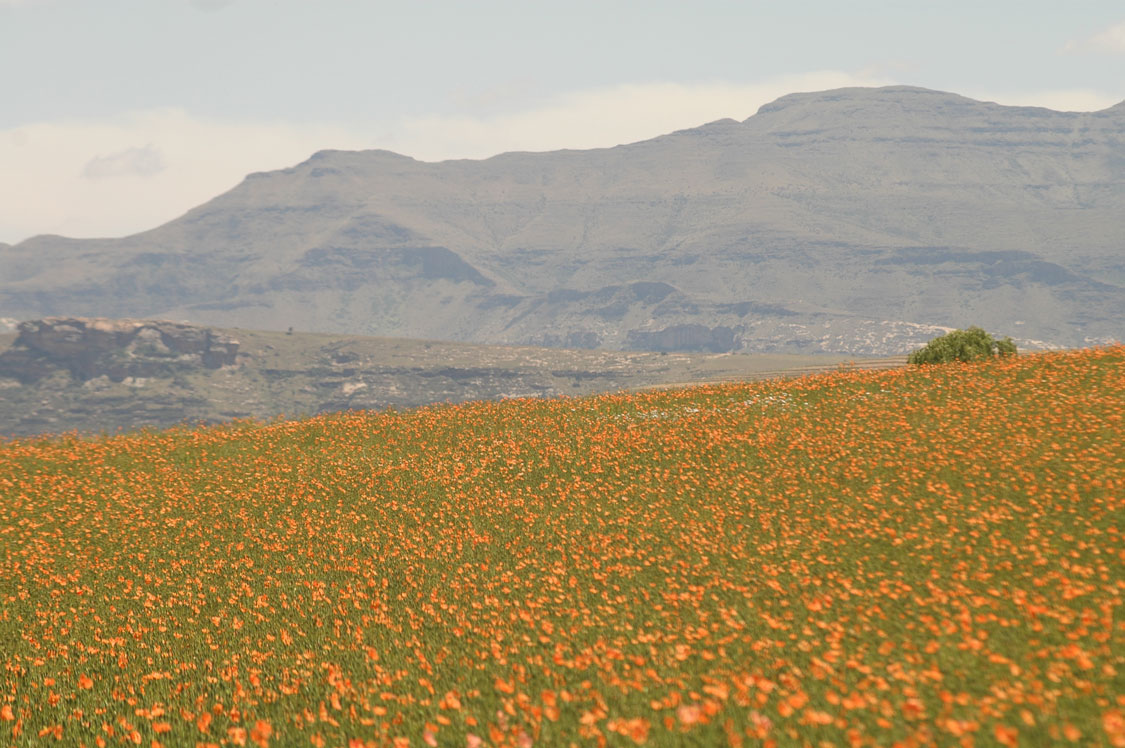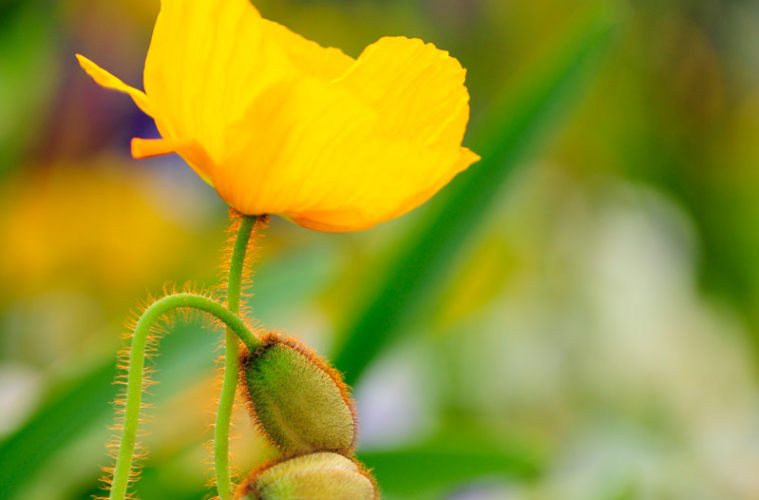Poppy seeds found in Egyptian tombs are evidence that poppies have been gracing gardens for as long as 7 000 years. There are many varieties (about 120 species) of poppy, not all of which are actually ‘true’ poppies from the genus Papaver. Here are some of the most popular
ICELAND POPPY (PAPAVER NAUDICAULE)
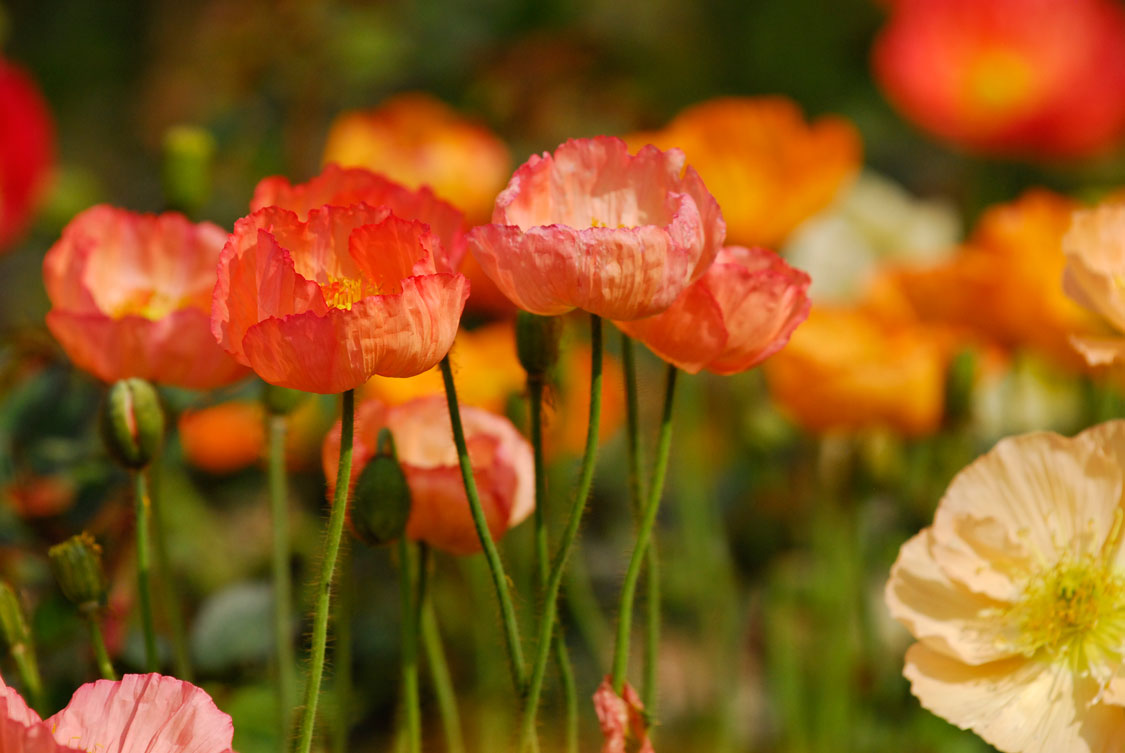
If it’s the ‘wow’ factor you’re after, then Iceland poppies are just the thing. The most popular poppy for good reason, if planted from April in autumn temperatures, they’ll transform your garden into a winter wonderland.
Although Iceland poppies can be grown from seed, better results are generally achieved from seedlings. While some gardeners are loath to buy seedlings when there are no visible blooms on the plants, this shouldn’t be a concern. Poppies offer their best display when planted early in the season, soon providing blooms that will keep appearing right through to late spring.
Striking new hybrids are available in mixed shades, as well as in single colours for those with specific colour schemes. For lovers of subtle hues there are pastel mixes. These look lovely when planted with spring bulbs, as well as interplanted with low-growing annuals like pansies.
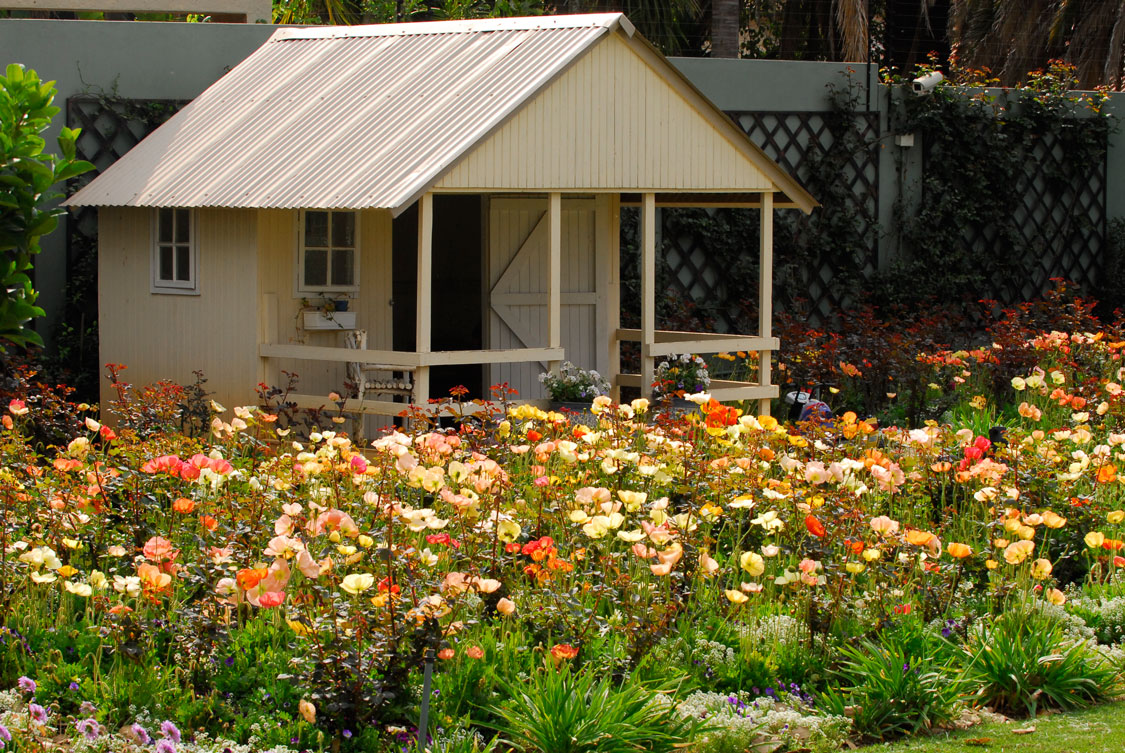
CALIFORNIAN POPPY (ESCHSCHOLZIA CALIFORNICA)
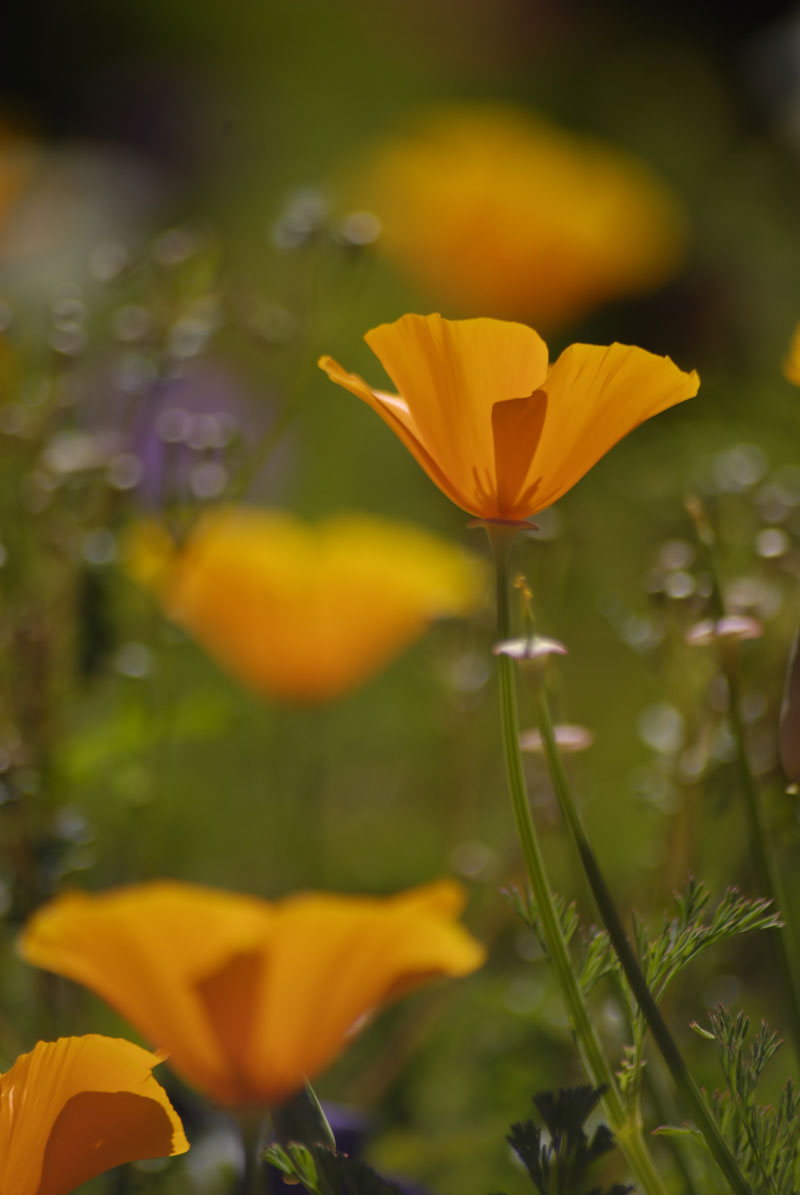
Grown from seed or seedlings, Californian poppies are hardy, performing in poor soil and through dry spells. Their blue-grey foliage and flowers, ranging from pale yellow to bright red, borne on top of a stocky base (about 30 x 30cm) make an attractive show. Being California natives they are particularly at home in winter rainfall areas, but can be grown on the Highveld if watered well. If planted in autumn, the first blooms will appear in September with the main flush in October. Plant seedlings throughout the year for continuous colour.
While Californian poppies don’t make good cut flowers, they are edible and can be used to brighten up a salad. Although perennial, they are mostly treated as annuals and should be pulled out when they start to look scruffy.
FLANDERS POPPIES (PAPAVER RHOEAS)
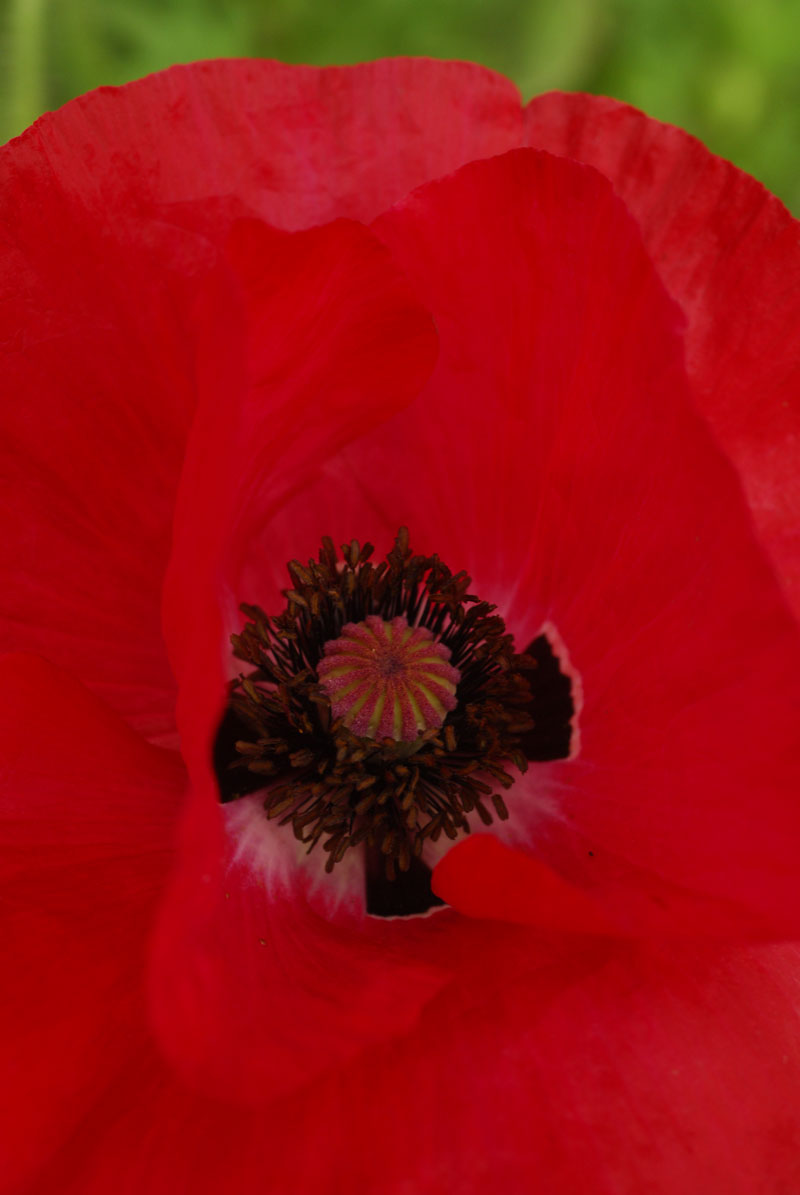
The Flanders poppy is said to have appeared out of the ruptured earth of the European battlefields where some of the worst fighting took place during World War I. Each year on 11 November, poppies are worn to commemorate the armed forces who died in the World Wars.
Flanders poppies are best grown by scattering seed thinly over a turned bed. While the plants can look a little weedy when growing, they make up for it in spring with their gorgeous offering of scarlet petals, each painted with a black blotch on its base. The seedpods produce seed aplenty, but germination is erratic unless you have a cold winter which promotes germination. In warm areas, collect the seed and store it in an airtight container. In February/March, refrigerate the seed for a month before sowing.
GROWING TIPS
- All poppies need is well-drained soil and plenty of sun.
- Look out for snails when the plants are small.
- Poppies love gardeners who pick for the vase – the more you pick them, the more they flower. If you don’t pick the blooms it’s essential that you deadhead the spent blooms to keep them flowering.
TOP TIP: Pick them as soon as you see a blush of colour in the unopened bud
SHIRLEY POPPIES (PAPAVER RHOEAS VARIETIES)
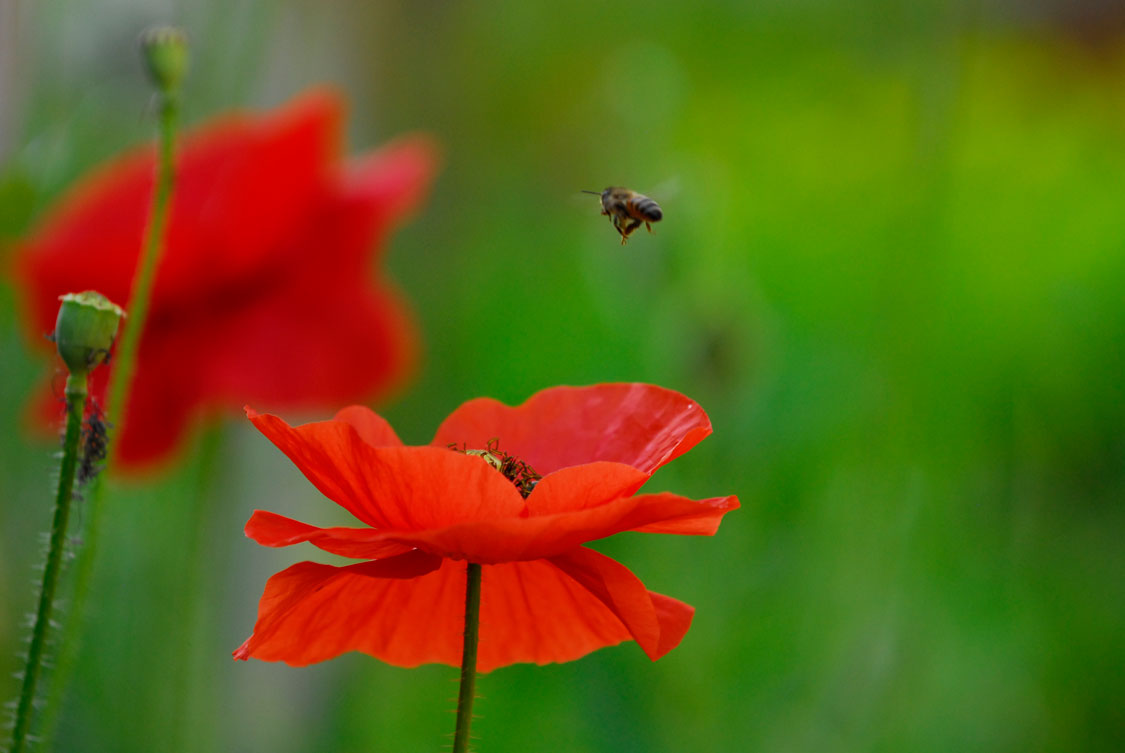
Bred from the Flanders poppy, the Shirley poppy brings forth its parent’s best attributes, minimises its weed-like qualities and offers a greater range of colours – pink, scarlet and white.
The flowers resemble Iceland poppies, except that their petals seem even more delicate. Plant from seed sown in autumn and they should flower from September, although it can be October or November in cold areas.
They are good companions for tall growing bulbs like Dutch irises or tall perennials and annuals.
ORIENTAL POPPIES (PAPAVER ORIENTALE)
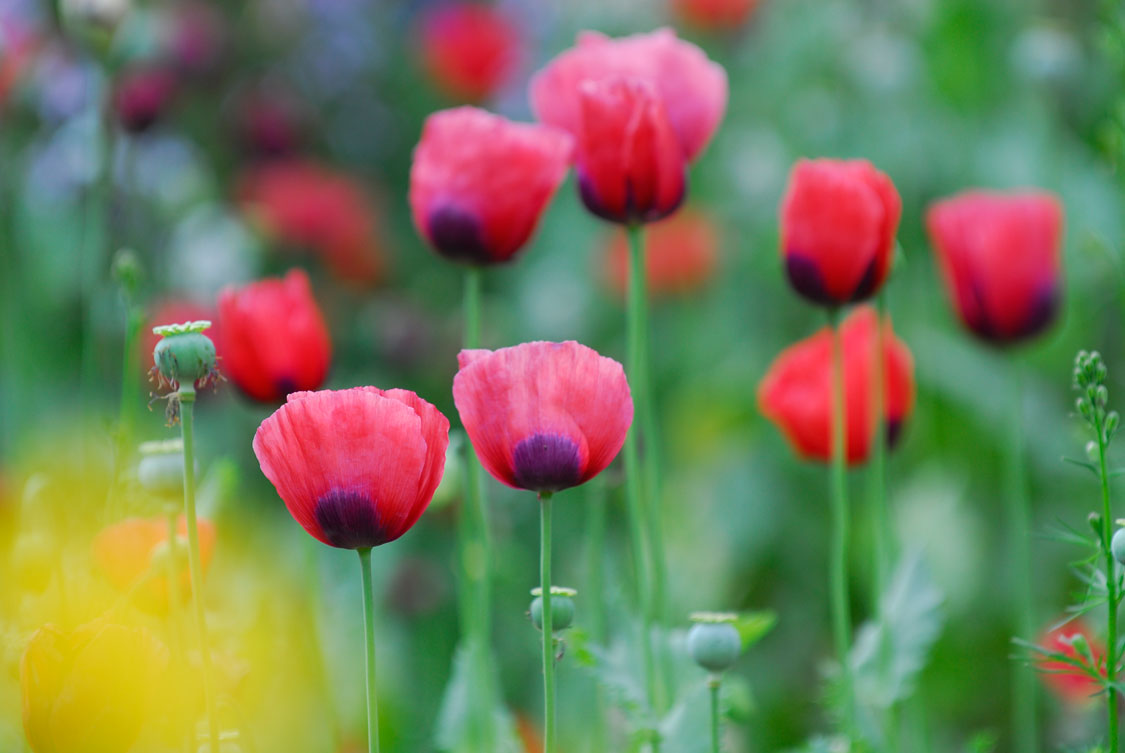
Oriental poppies aren’t easy to come by, but if you can beg seed from a fellow gardener they’re worth the request.
Perennial by nature, they can grow to over a metre tall. The flowers appear in spring and can be single or double, in white or shades of pink, red, orange or salmon. They may also be bicoloured with some featuring a black blotch at the base of the petals.
Once the blooms fade, the rest of the plant follows. Leave the seed heads on as these make an attractive feature. Come autumn they’ll spring back to life again.
Native to the winter chill of western Turkey, they do best when exposed to a few winter frosts. Water once a week on the Highveld and during extended dry spells in the Western Cape.
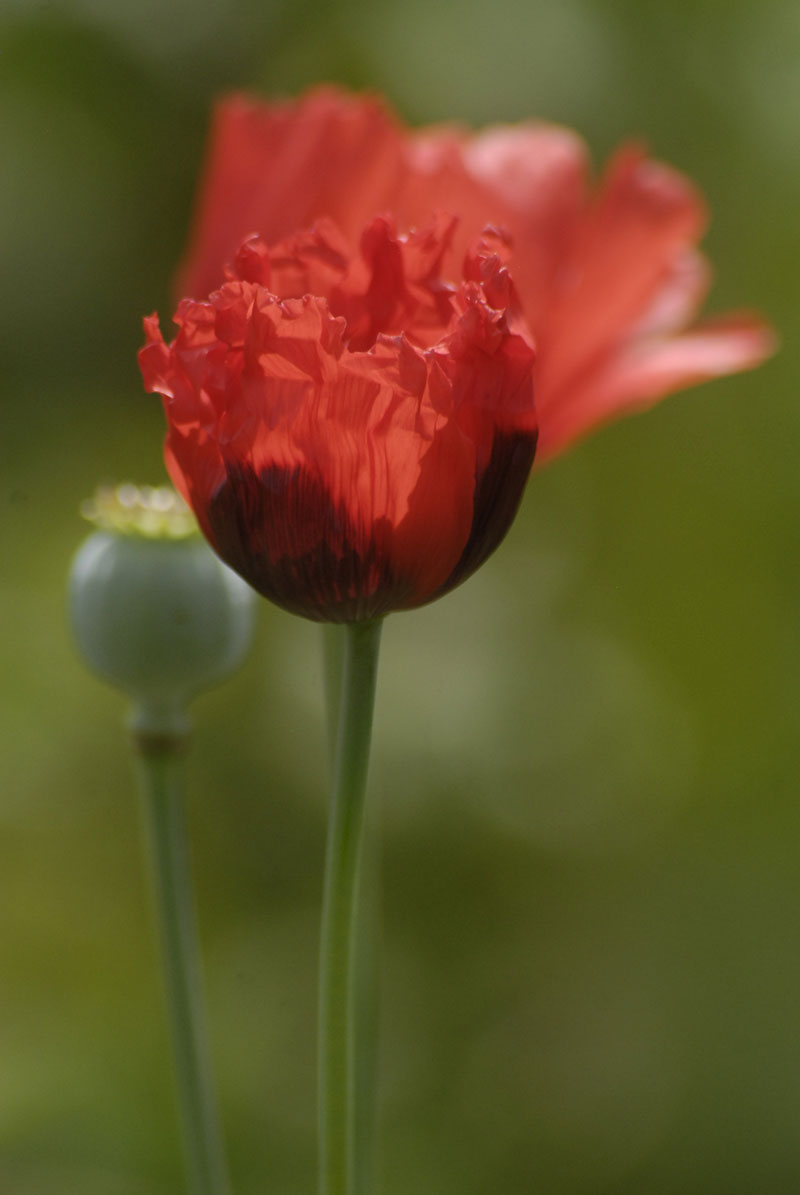
SOUTH AFRICAN POPPY (PAPAVER ACULEATUM)
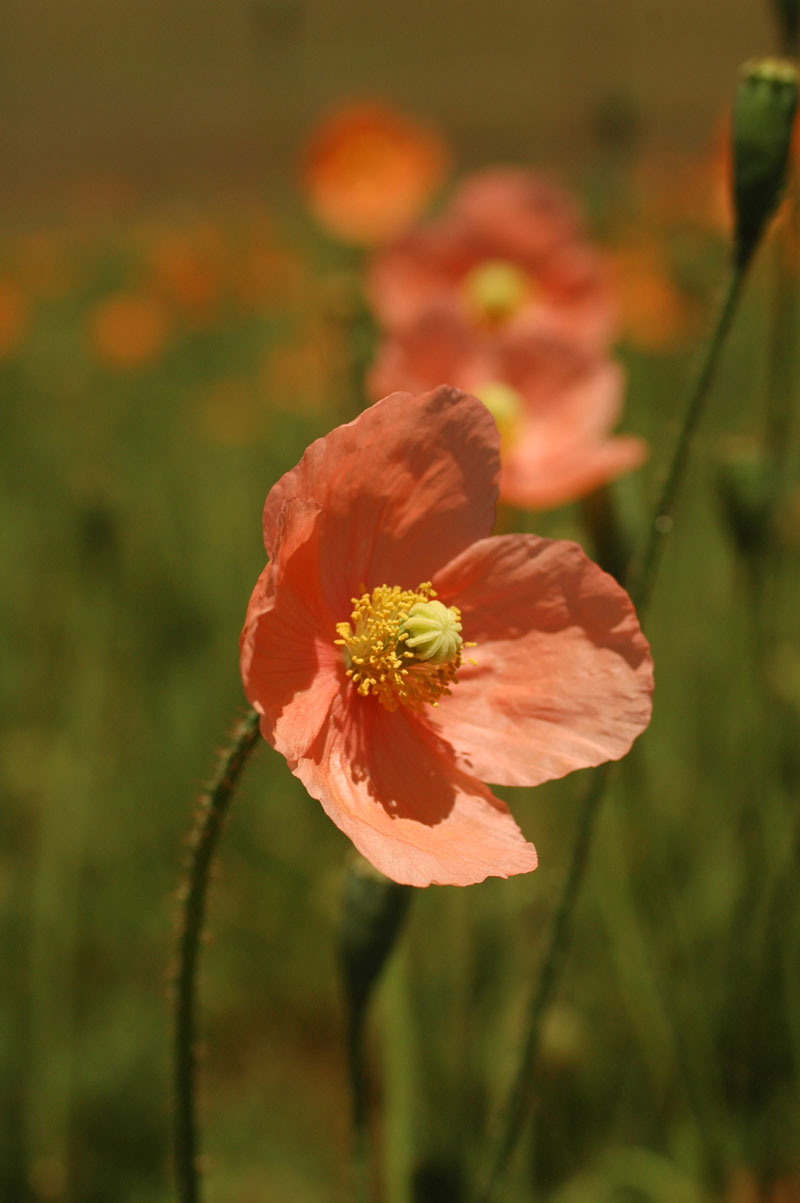
Visitors to the eastern Free State in spring will be rewarded with fields painted orange by our only native poppy. It may not be the showiest plant, but it will bring a touch of charm to an indigenous garden. The seed is not easy to find, but some specialist nurseries and seed distributors may have them.
